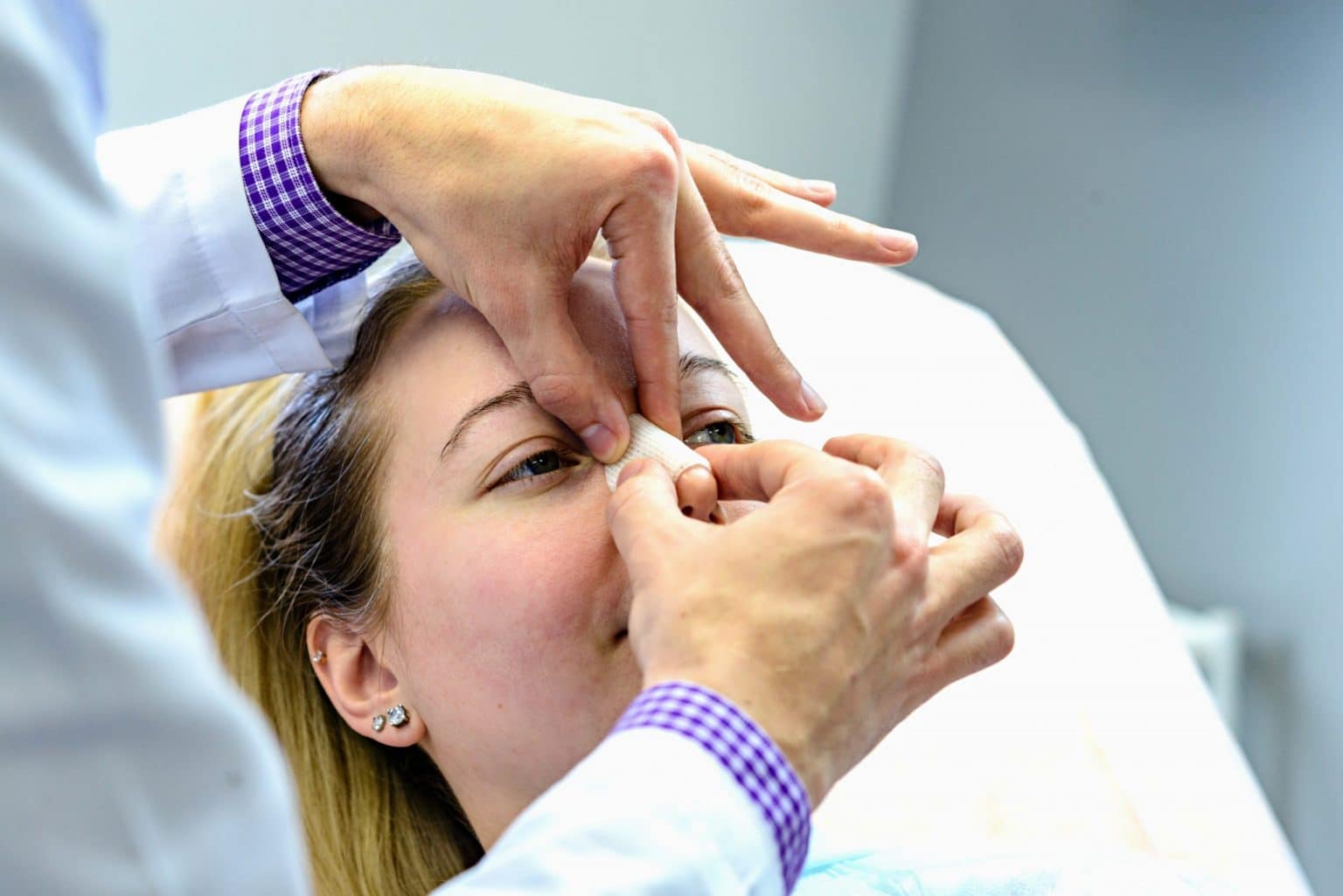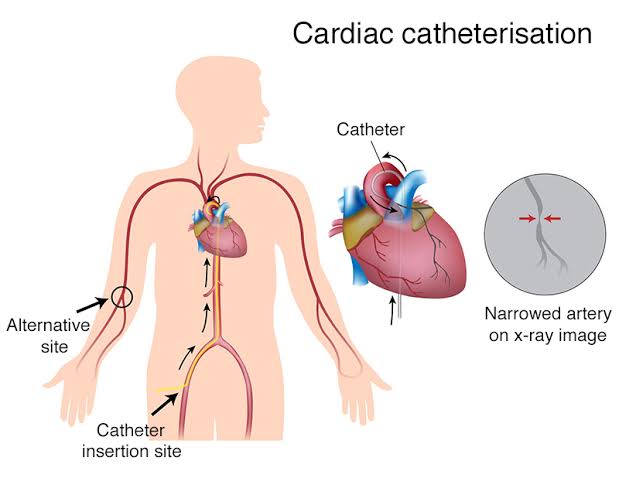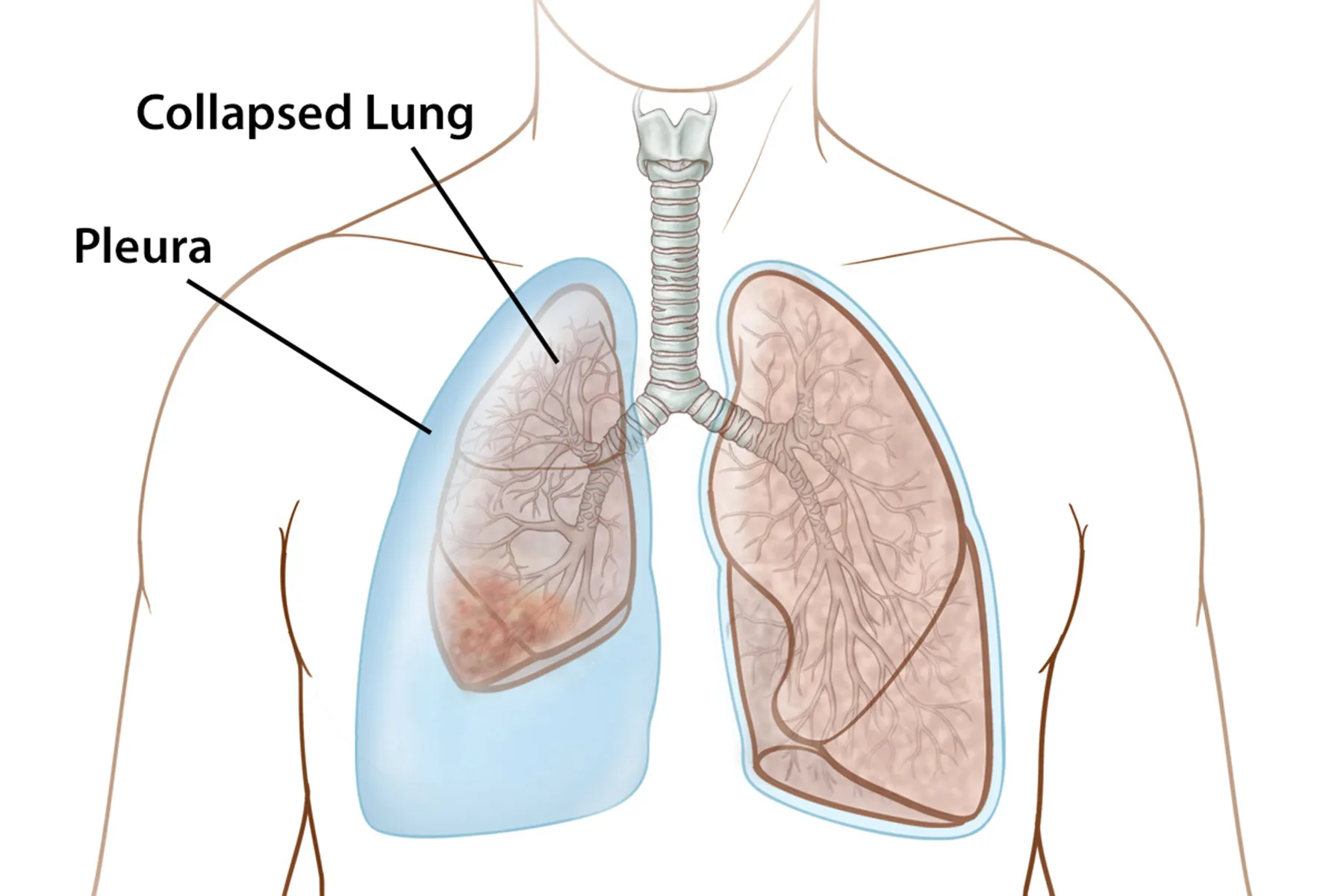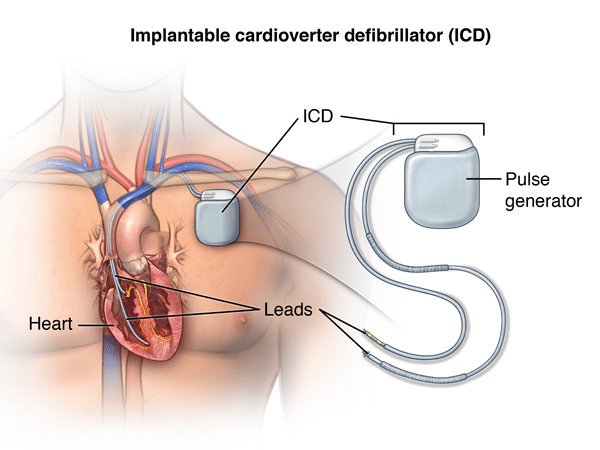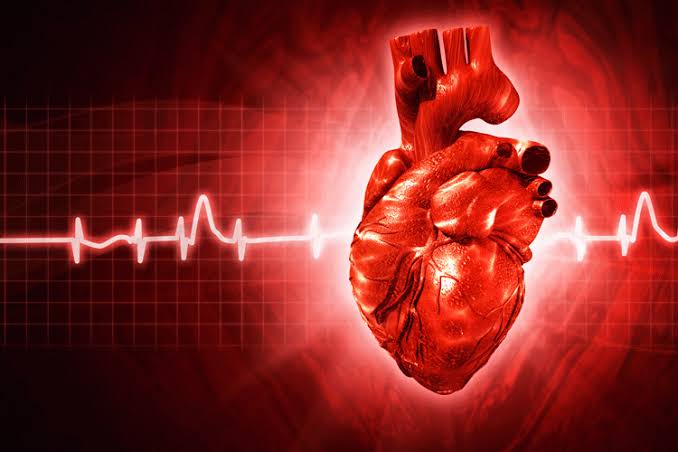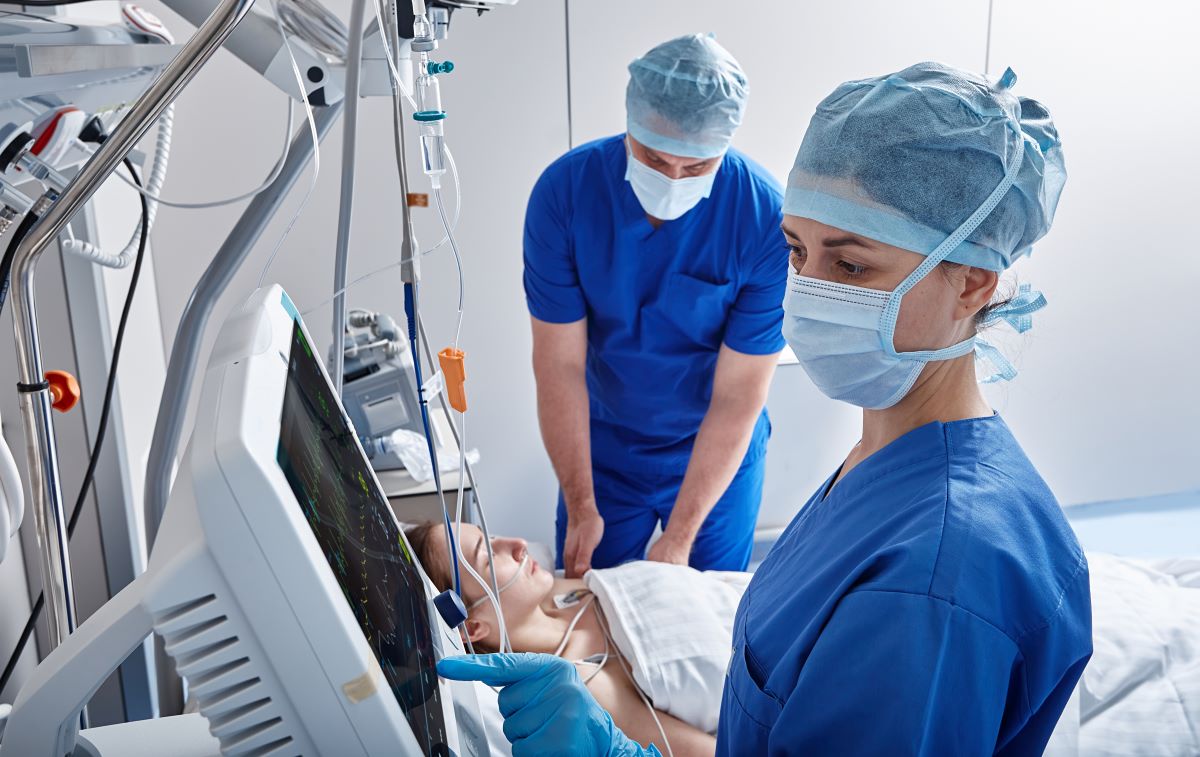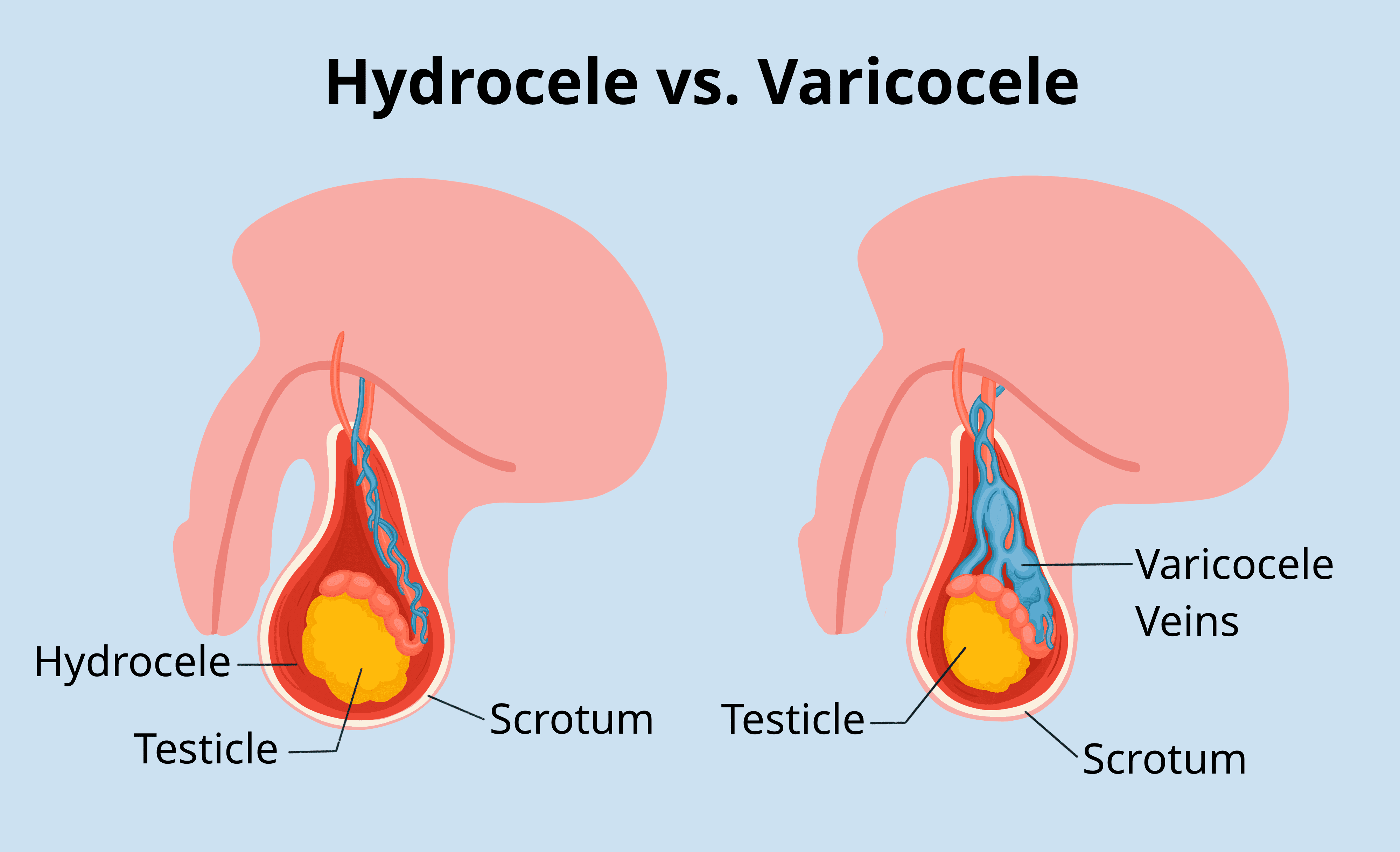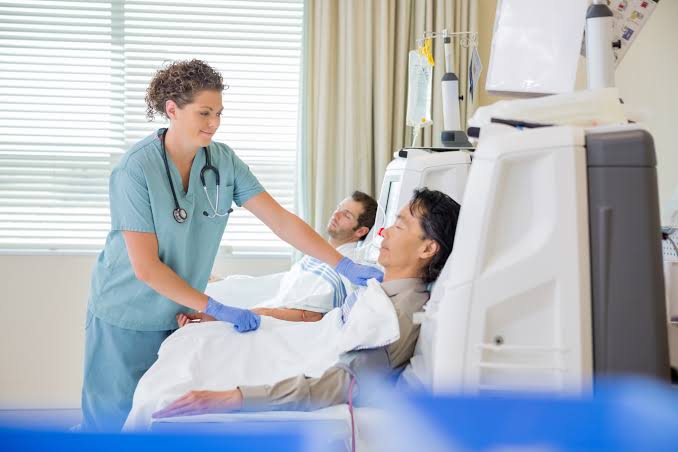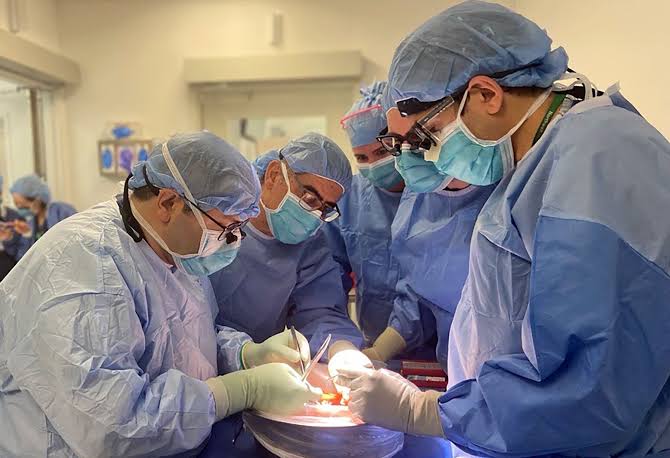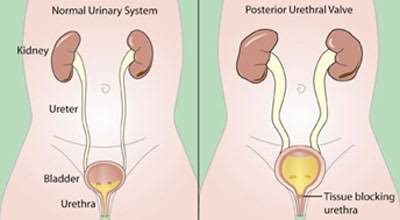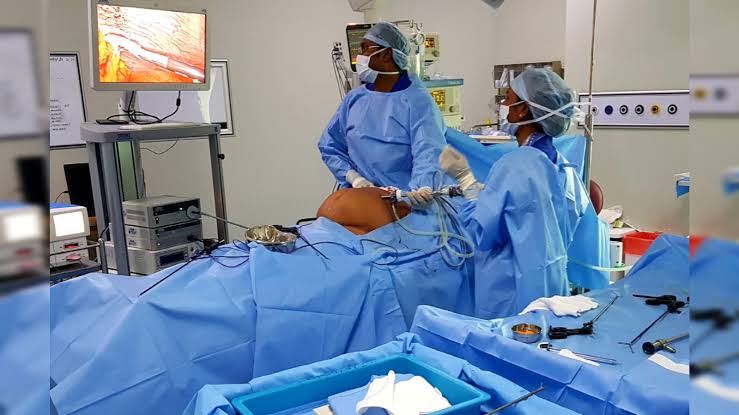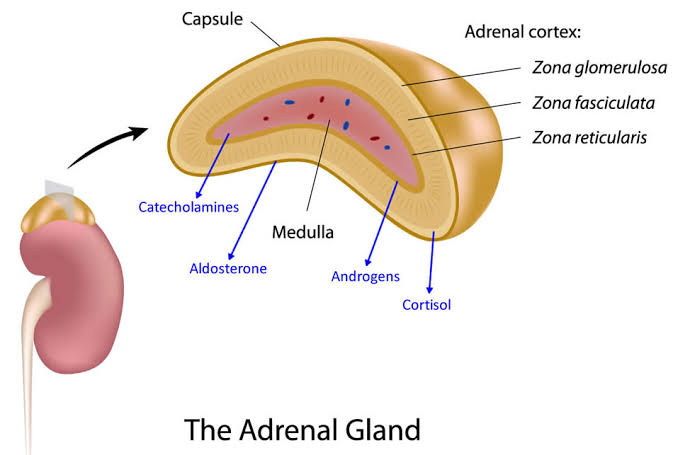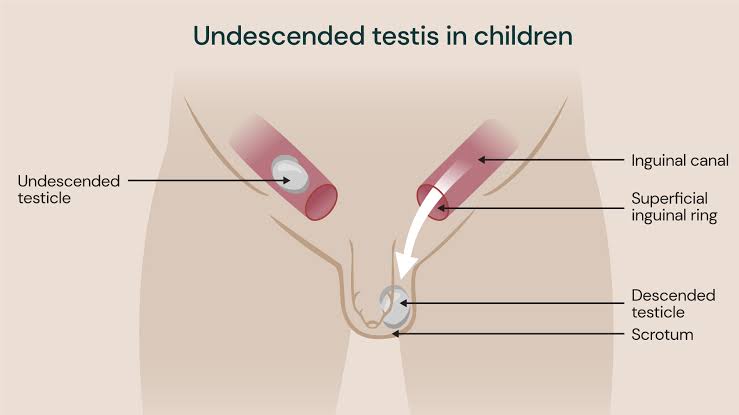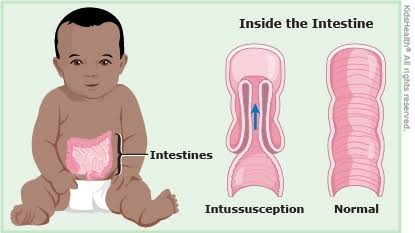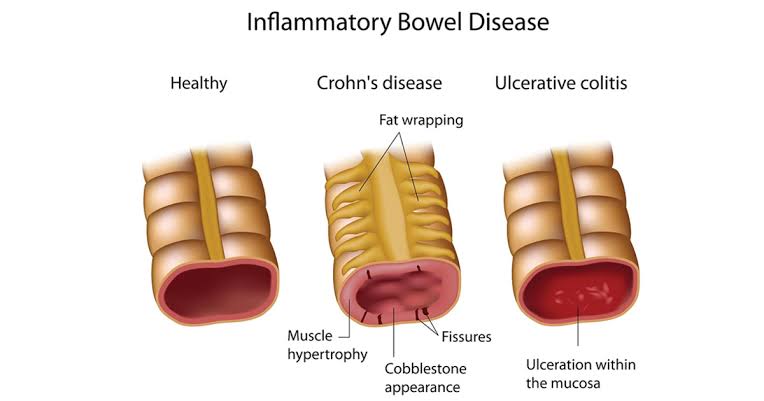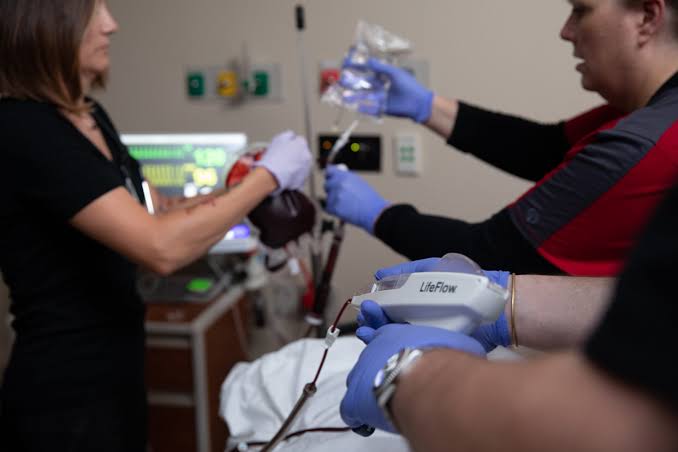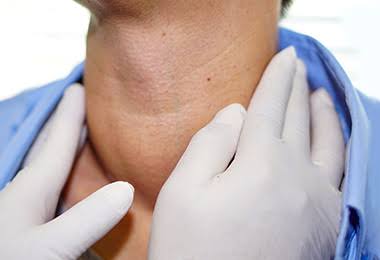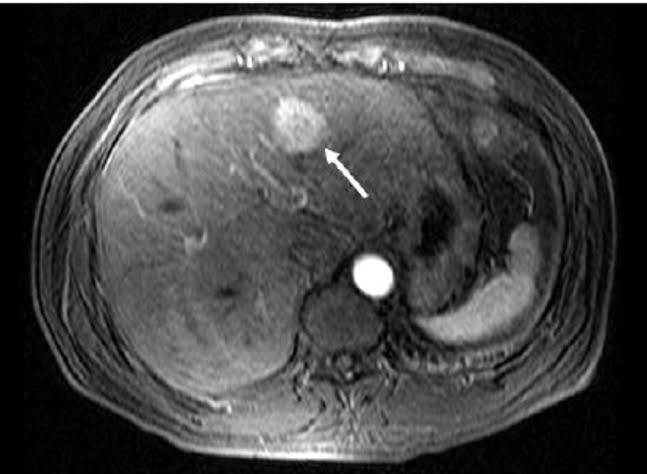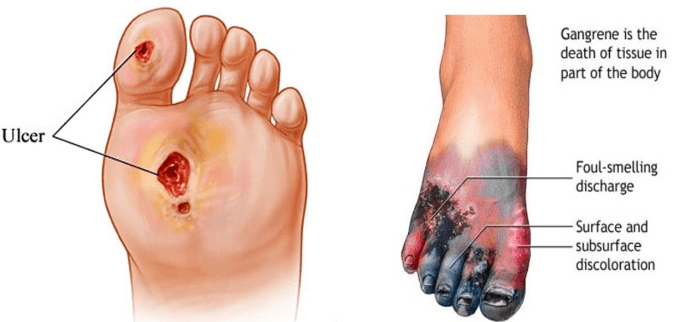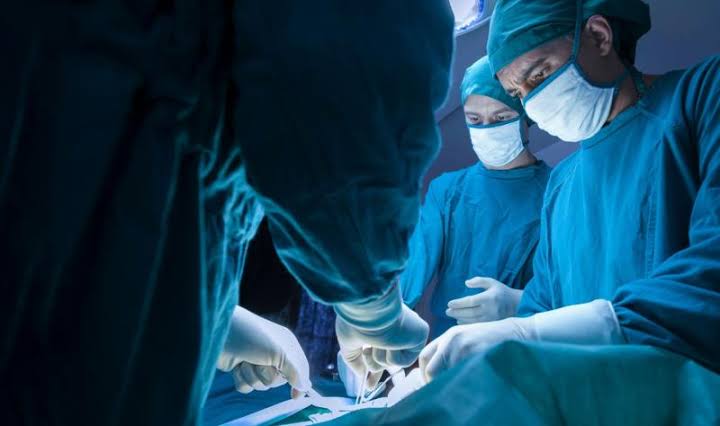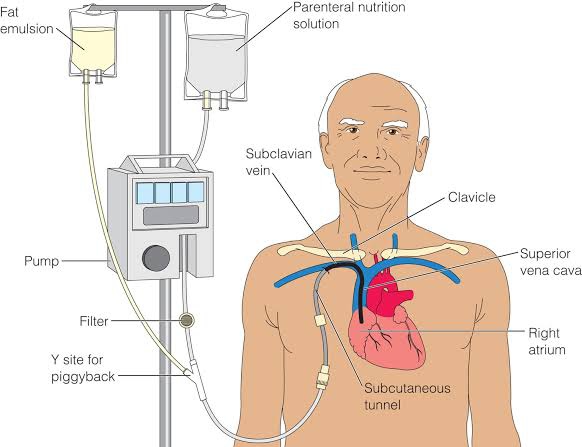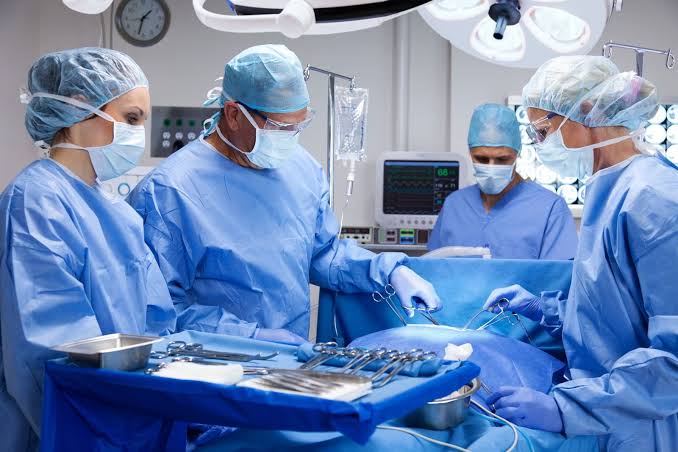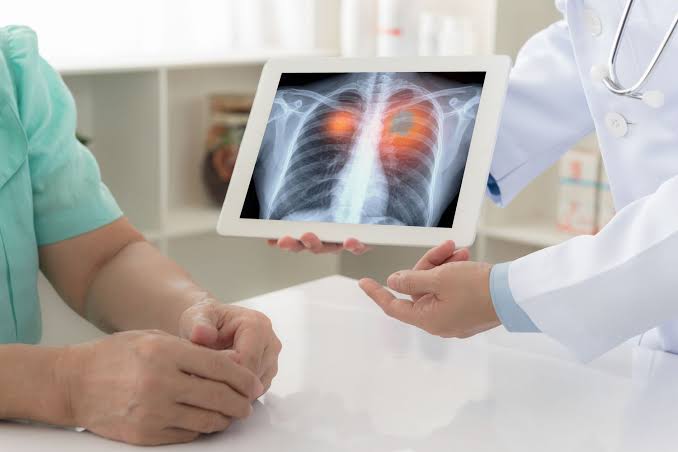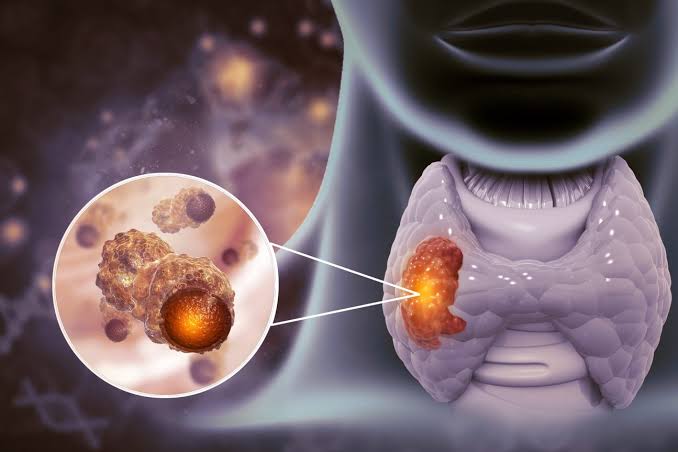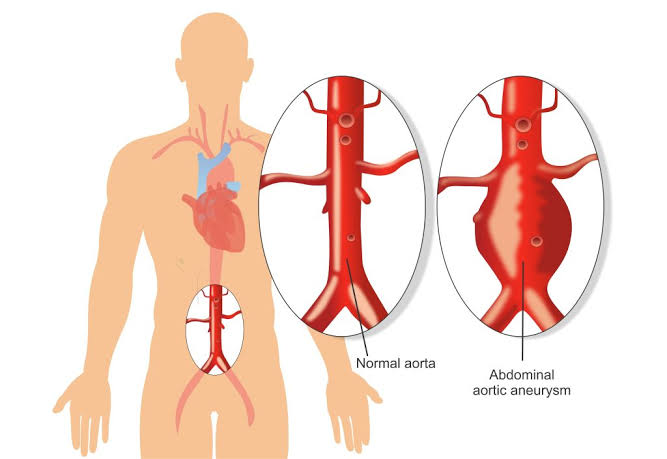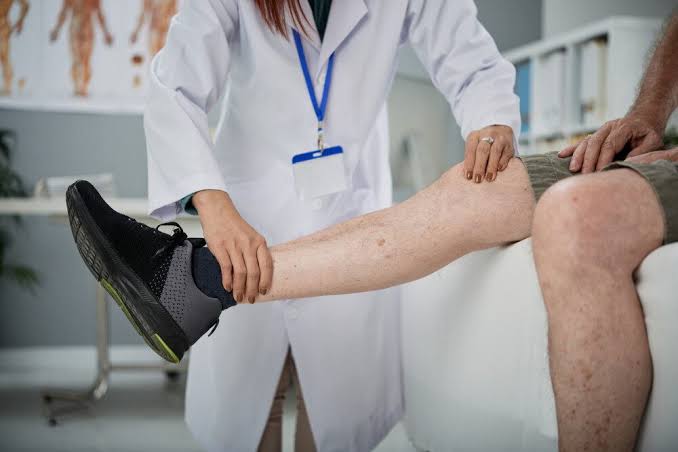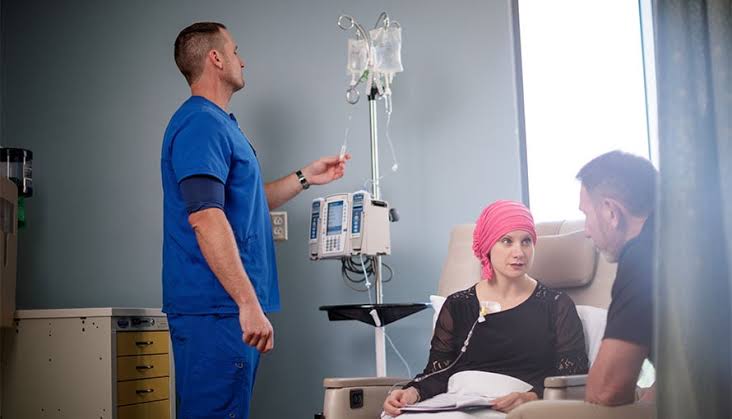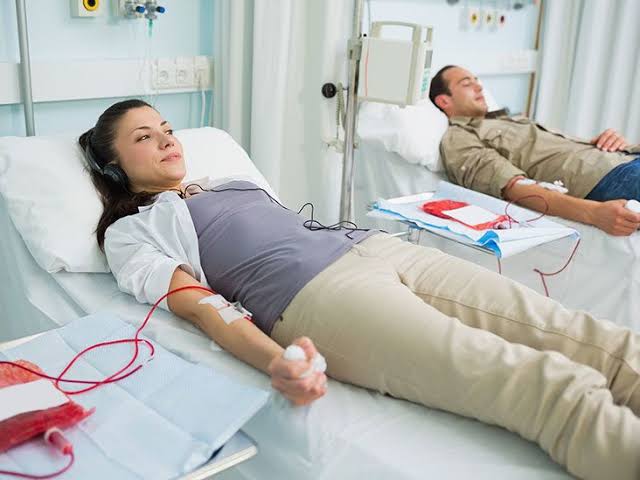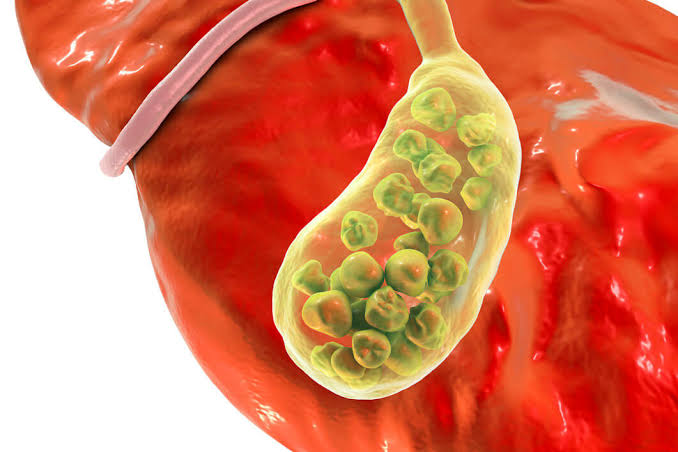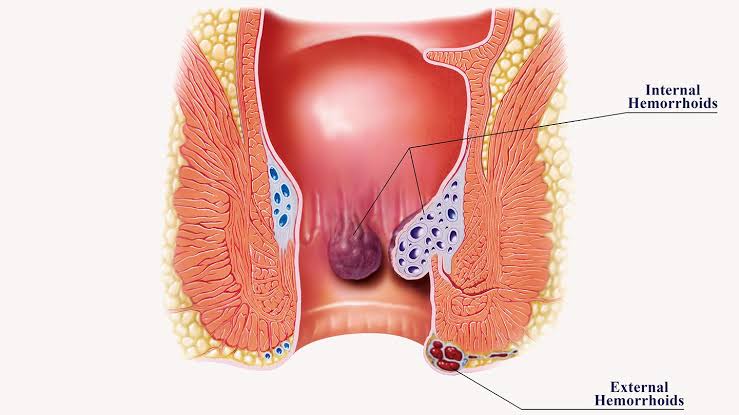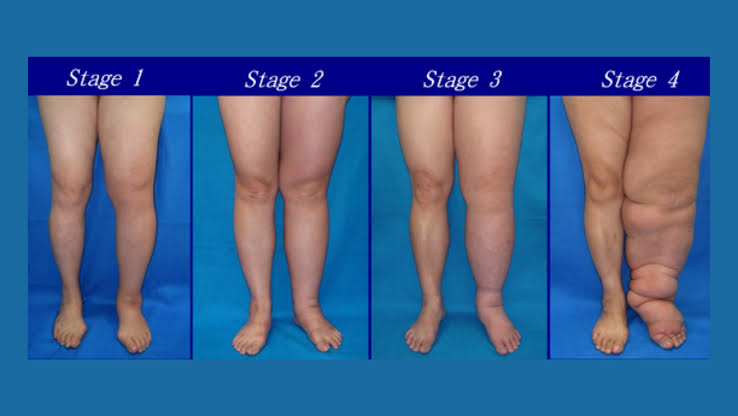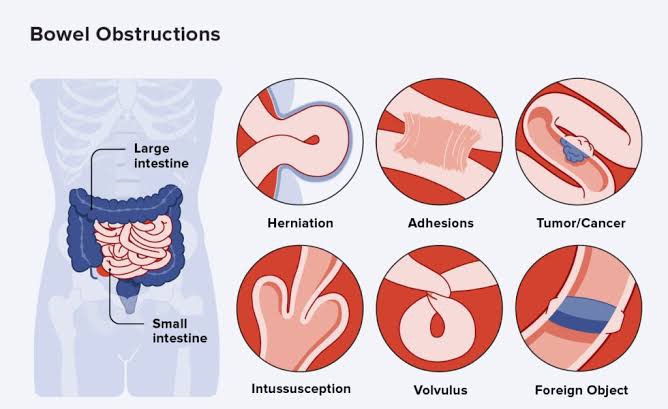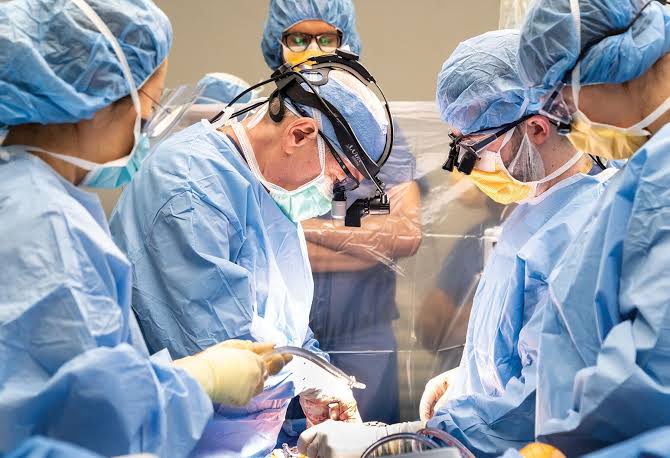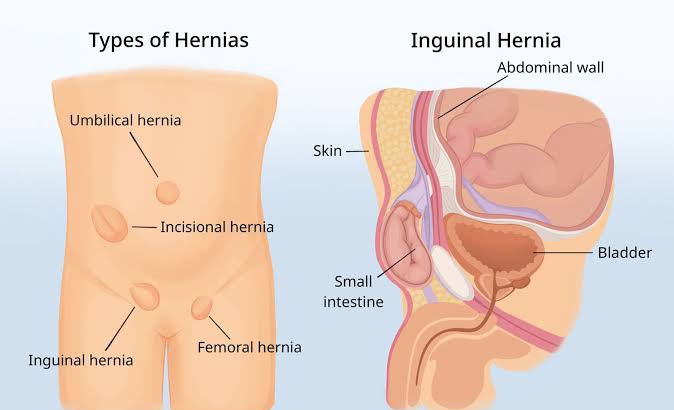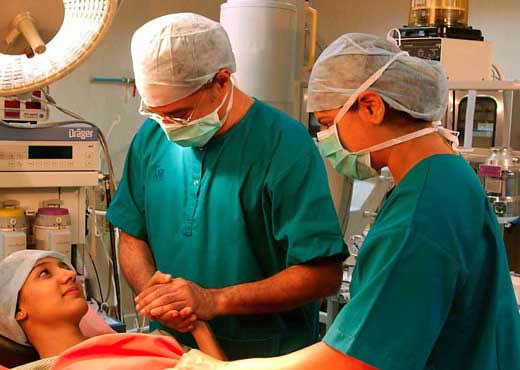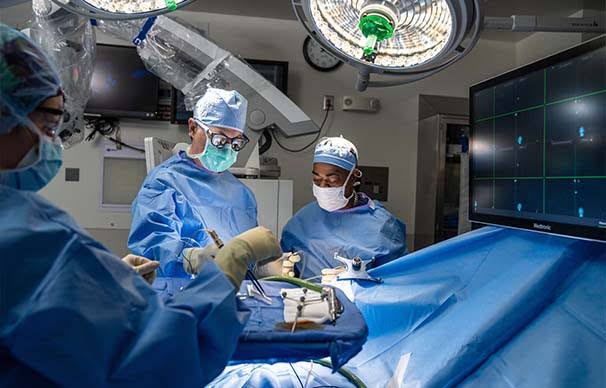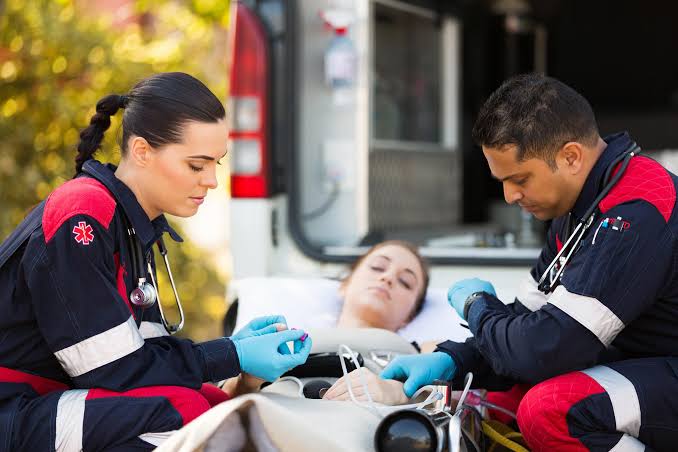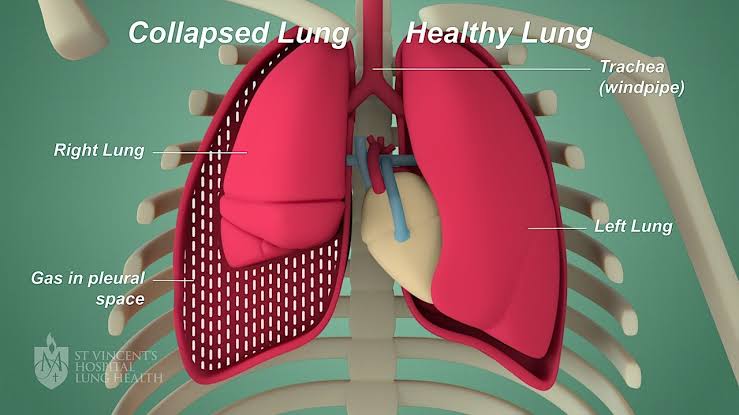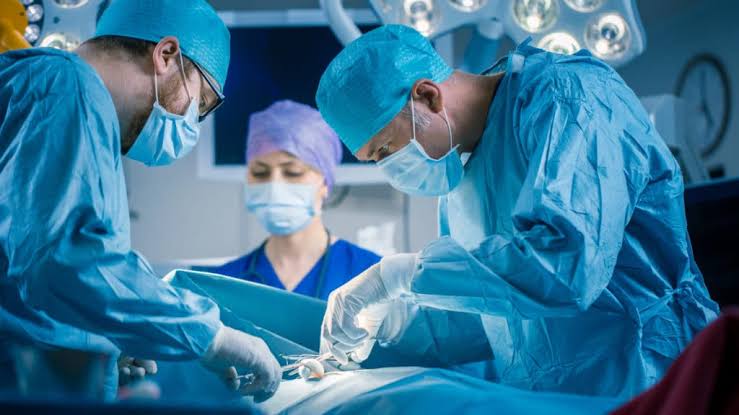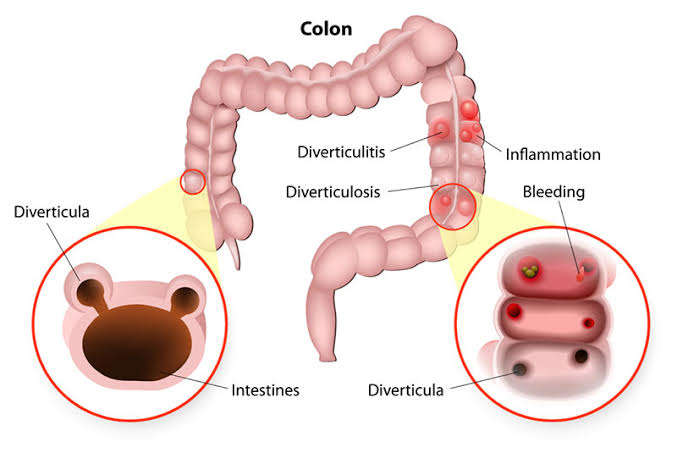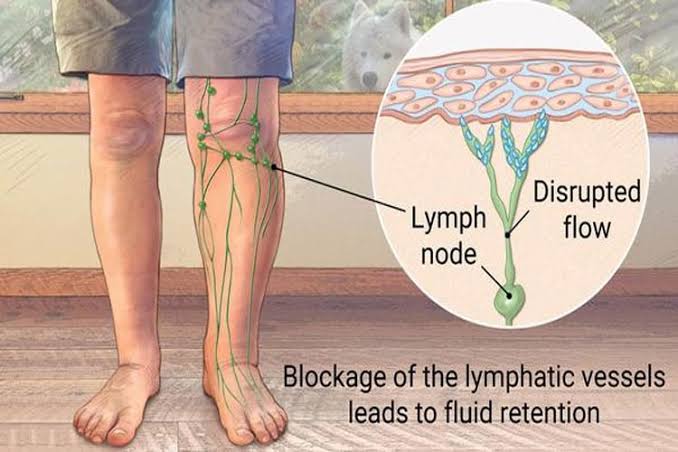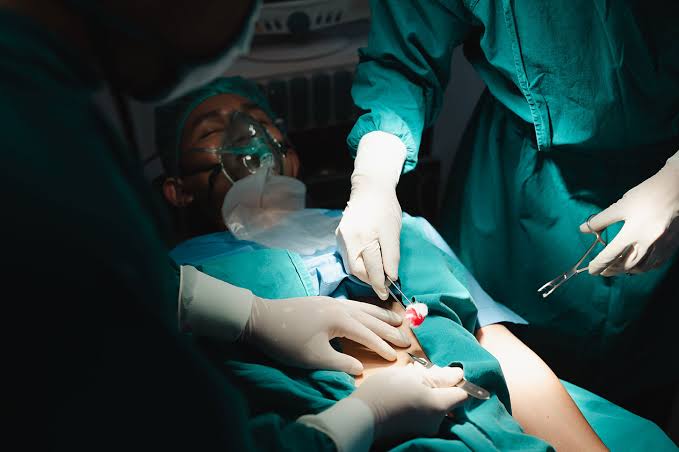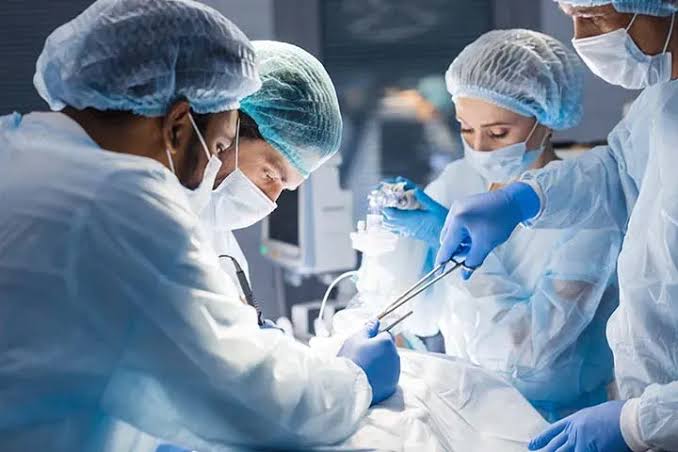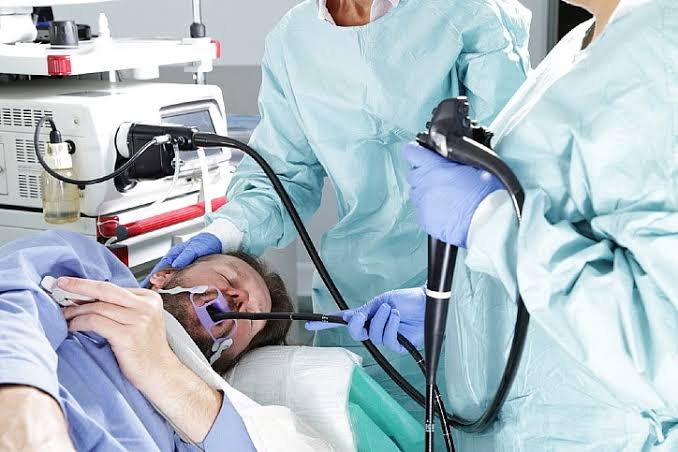Anesthesia for surgery involving the Posterior Cranial Fossa (PCF) represents one of the most intellectually demanding areas...
SURGERY
The Z-plasty is a fundamental surgical technique in reconstructive and plastic surgery, renowned for its ability to...
In the realm of modern healthcare, the accurate and timely assessment of oxygenation is paramount for patient...
Of all facial injuries, fractures of the nose are the most common, resulting from the prominent and...
Cardiac catheterization (CC) and electrophysiology (EP) testing are cornerstones of modern cardiovascular diagnostics and intervention. While both...
Atelectasis, derived from the Greek words ateles (incomplete) and ektasis (expansion), is a common yet potentially serious respiratory condition characterized by...
Subcutaneous emphysema (SE) is a clinical condition characterized by the presence of air or gas within the...
Cardiac device therapy, encompassing permanent pacemakers and Implantable Cardioverter Defibrillators (ICDs), represents a cornerstone in managing serious...
Cardiac dysrhythmias (or arrhythmias) represent deviations from the normal cardiac rhythm, impacting the heart’s ability to pump...
Maintaining fluid balance, or homeostasis, is a cornerstone of human physiology, essential for cellular function, metabolic processes,...
Hydrocele and varicocele are two distinct yet common urological conditions affecting the male scrotum, often leading to...
Renal Replacement Therapy (RRT) represents the critical cornerstone of management for patients suffering from end-stage renal disease...
Kidney transplantation represents a life-altering medical advancement for individuals suffering from end-stage renal disease (ESRD), offering improved...
Surgical informed consent stands as a foundational pillar in modern medical practice, embodying the ethical imperative of...
Posterior Urethral Valves (PUV) represent the most common cause of congenital urethral obstruction in male infants and...
Minimally invasive surgery (MIS) represents a paradigm shift in modern surgical practice, offering significant advancements over traditional...
Adrenalectomy, the surgical removal of one or both adrenal glands, is a critical procedure in modern endocrine...
Cryptorchidism is one of the most common congenital anomalies affecting the male genitourinary system. While prevalent, particularly...
Postoperative pain is a universal concern in healthcare, affecting millions of patients annually. Effective management is crucial...
The landscape of surgical care has undergone a profound transformation over the past two decades. Historically, major...
Intussusception is a critical pediatric surgical emergency characterized by the telescoping of one segment of the intestine...
Hypertrophic pyloric stenosis (HPS) is a common cause of gastric outlet obstruction in infants, characterized by the...
Surgery stands as a cornerstone in the diagnosis, staging, treatment, and palliation of cancer. Its role is...
Common Causes of Lower Gastro-Intestinal Bleeding Lower gastrointestinal bleeding (LGIB) can arise from various conditions affecting the...
Causes of Acute Pancreatitis Acute pancreatitis is an inflammatory condition of the pancreas that can arise from...
Dysphagia and Dyspepsia Dysphagia refers to difficulty in swallowing, which can occur at any stage of the...
Assessing and Appropriately Resuscitating a Patient with Acute GI Haemorrhage 1. Initial Assessment When a patient presents...
Common Causes of Neck Swelling 1. Swollen Lymph Nodes: Swollen lymph nodes are one of the most...
Venipuncture and Intravenous Cannulation Procedure (a) Venipuncture Procedure Preparation and Safety Measures Wear appropriate personal protective equipment...
Baseline Investigations for Pre-operative Workup When preparing a patient with co-morbidities for elective or emergency surgery, a...
Choosing the Appropriate Suture Material Based on Tissue Characteristics When selecting the appropriate suture material for wound...
Space occupying lesions in the liver refer to abnormal growths or masses within the liver that can...
Ethical principles are crucial for guiding surgeons in their practice and decision-making processes. The four fundamental principles...
Causes of Chronic Leg Ulcers and Differences in Appearance 1. Venous Leg Ulcers (VLUs) Venous leg ulcers...
Administrative Steps to Book a Patient into the Operating Theatre 1. Patient Identification and Verification Confirm the...
Principles Behind Antibiotic Prophylaxis Antibiotic prophylaxis refers to the use of antibiotics to prevent infections, particularly in...
Identifying Patients in Need of Nutritional Optimization 1. Understanding Key Indicators To identify patients who may require...
Identifying Patients in Need of Fluid Optimization Fluid optimization is crucial in various clinical scenarios, particularly for...
Cellular Process of Fracture Healing Fracture healing is a complex biological process that involves a series of...
Aseptic Techniques, Sterilization, and Disinfection Aseptic Techniques Aseptic techniques are critical procedures used in surgical settings to...
Causes of Malnutrition in the Surgical Patient Malnutrition in surgical patients can arise from a variety of...
Blood Supply to the Gastrointestinal Tract The blood supply to the gastrointestinal (GI) tract is a complex...
Pathophysiological Causes of Abdominal Swelling Abdominal swelling, often referred to as abdominal distension or bloating, can arise...
Symptoms of Acute Abdomen Patients presenting with an acute abdomen typically experience sudden and severe abdominal pain,...
Major Trends in Lung Cancer Epidemiology in the Past 50 Years 1. Rising Incidence and Mortality Rates...
Symptoms of Hyperthyroidism Hyperthyroidism is a condition characterized by an overproduction of thyroid hormones, primarily thyroxine (T4)...
Major Types of Breast Lumps 1. Benign Breast Lumps Benign breast lumps are non-cancerous and account for...
An aneurysm is a bulging, weakened area in the wall of a blood vessel, resulting in an...
Pathophysiology of Intermittent Claudication Intermittent claudication is a condition characterized by muscle pain or cramping in the...
Chemotherapy is a type of cancer treatment that utilizes drugs to destroy cancer cells and inhibit their...
Importance of Major and Minor Blood Groups The classification of blood into major and minor groups is...
Common Types of Gallstones and Their Pathophysiology Introduction to Gallstones Gallstones are solid particles that form in...
Anatomy of Hemorrhoids Hemorrhoids, also known as piles, are vascular structures in the anal canal that can...
Initial Anatomic Location of Deep Vein Thrombosis Deep vein thrombosis (DVT) primarily occurs in the deep veins...
Signs, Symptoms, and Diagnostic Aids for Evaluating Presumed Large Bowel Obstruction Large bowel obstruction (LBO) is a...
Indications for Mitral and Aortic Valve Surgery Mitral Valve Surgery Indications Mitral valve surgery is primarily indicated...
Understanding the Term Hernia A hernia is a medical condition that occurs when an organ or tissue...
Risk Factors for Breast Cancer Breast cancer risk is influenced by a combination of genetic, environmental, and...
Extracranial cerebrovascular disease refers to conditions affecting the blood vessels supplying the brain, specifically those located outside...
Shock is a critical medical condition characterized by inadequate perfusion of tissues, leading to cellular dysfunction and...
Understanding the Pathophysiology of Pneumothorax and Its Management (a) Pathophysiology of Pneumothorax A pneumothorax occurs when air...
Extracellular, Intracellular, and Intravascular Volume in a 70-kg Man In a 70-kg man, the distribution of body...
An intestinal stoma is a surgically created opening in the abdomen that allows for the diversion of...
The vermiform appendix is a narrow, tube-like structure attached to the cecum, which is the beginning of...
A wound is defined as a disruption of the normal anatomical structure and function of the skin...
Acute appendicitis is a sudden inflammation of the appendix, a small, tube-like structure attached to the large...
Morbid obesity is a medical condition characterized by an excessive accumulation of body fat that significantly increases...
Clinical Findings of Diverticular Disease Diverticular disease encompasses two primary conditions: diverticulosis and diverticulitis. 1. Diverticulosis Diverticulosis...
Lymphedema is a condition characterized by the accumulation of lymphatic fluid in the interstitial tissues, leading to...
Principles of Infection Control Infection control is a critical aspect of surgical practice, aimed at preventing infections...
Predisposing factors associated with surgical site infections Surgical site infections (SSIs) are a significant concern in the...
The Physiology of Surgical Stress Surgical stress refers to the physiological changes that occur in the body...
Aim of Pre-Operative Evaluation Pre-operative evaluation is a critical component of the surgical process, aimed at assessing...
Gastritis, duodenal ulcers, and gastric ulcers are all conditions that affect the gastrointestinal system. Each of these...
Hypersecretion of the pancreas refers to an excessive production and release of pancreatic enzymes and bicarbonate into...
Acute abdomen refers to the sudden onset of severe abdominal pain that may require urgent medical attention....




